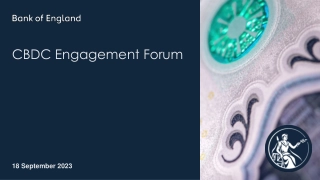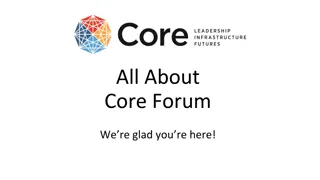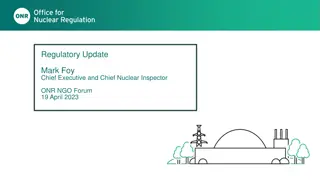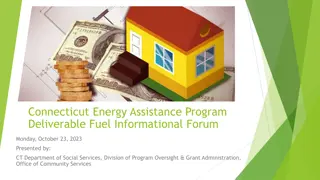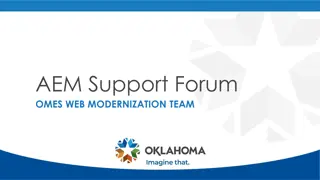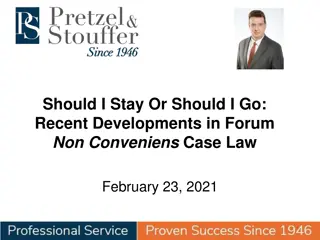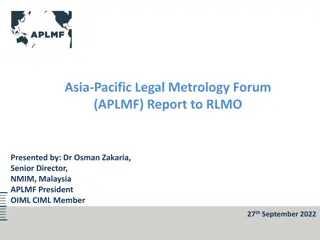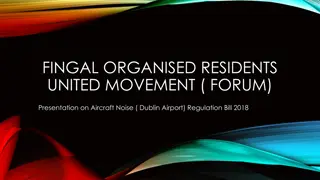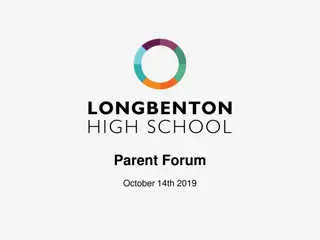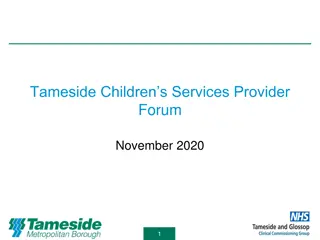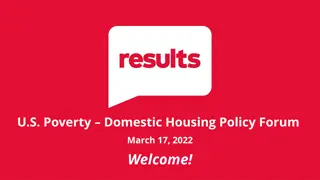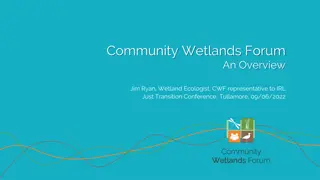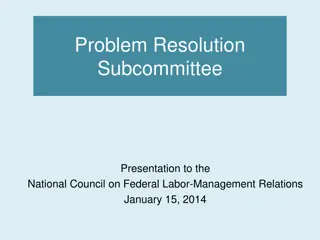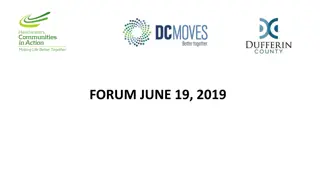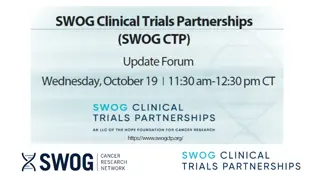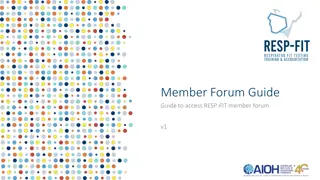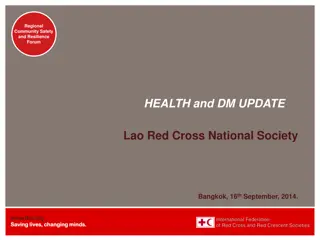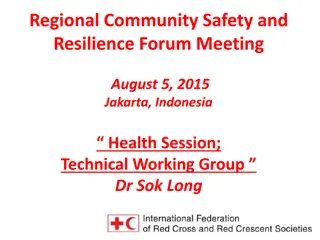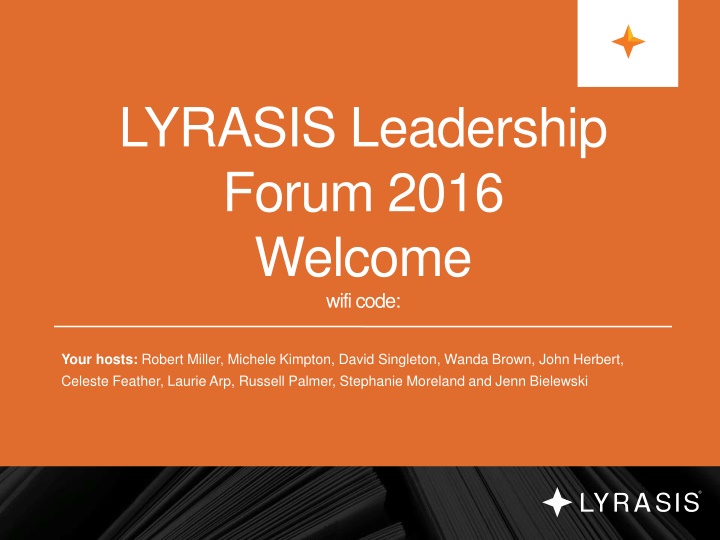
Exploring Content Creation Trends and Tech Insights at LYRASIS Leadership Forum 2016
Dive into the LYRASIS Leadership Forum 2016, where emphasis shifts to content creation over acquisition. Discover how organizations navigate stagnant budgets, prioritize accessible content, and leverage technology for a bigger picture outlook. Explore new models in hosting commercial content and the evolving role of libraries in facilitating interdisciplinary collaborations.
Download Presentation

Please find below an Image/Link to download the presentation.
The content on the website is provided AS IS for your information and personal use only. It may not be sold, licensed, or shared on other websites without obtaining consent from the author. If you encounter any issues during the download, it is possible that the publisher has removed the file from their server.
You are allowed to download the files provided on this website for personal or commercial use, subject to the condition that they are used lawfully. All files are the property of their respective owners.
The content on the website is provided AS IS for your information and personal use only. It may not be sold, licensed, or shared on other websites without obtaining consent from the author.
E N D
Presentation Transcript
LYRASIS Leadership Forum 2016 Welcome wificode: Your hosts: Robert Miller, Michele Kimpton, David Singleton, Wanda Brown, John Herbert, Celeste Feather, Laurie Arp, Russell Palmer, Stephanie Moreland and Jenn Bielewski
eResources & Licensing Celeste Feather Licensing and Strategic Partnerships
LYRASIS Licensing and Strategic Partnerships Staffed by a team of 4 librarians Rooted in work of legacy networks Includes collaborative programs at national level lyrasis.org
Material People Contribute to the Online World Structured TEDx Licensed content Wikimedia Scholarly Open Access content Kudos Non-traditional Traditional YouTube Local/archival collections and repositories Digital humanities Open data Unstructured lyrasis.org
Questions Do you see the emphasis changing from content acquisition to content creation within your organization? Given stagnant budgets, what activities are no longer being performed so that efforts may be directed elsewhere? What level of priority does your organization give to the creation and support of openly accessible content? And for what types of content and for whom? What role should or does your library play in bringing together multiple departments to review new services that impact the entire organization? What role should LYRASIS play in expanding awareness of these services, and how can we assist members in this area? What new models for hosting and accessing commercial content are being explored within your organization? What is the leading motivator, a desire for control or dissatisfaction with what commercial providers have developed so far? lyrasis.org
Technology A Bigger Picture John Herbert Director of Technology Services
Observations Digital systems for LAMs developed in stand-alone fashion Focus on their core functionality But add in additional bits Lots of moving parts Lots of overlap Work going on to integrate Bigger picture is emerging lyrasis.org
Managing Our Assets Consulting Training, Digitization Plan ASpace / CSpace Catalog, finding aids Standardization Inter-operability Describe Access Common data models Islandora / DSpace / Hydra Digital repositories Preserve Fedora / DuraCloud Permanence lyrasis.org
Questions How does this resonate? What s missing? Where are the entry points? How are things connected (or not) at your institution? lyrasis.org
Open Source Community Supported Software Michele Kimpton, former CEO DuraSpace Laurie Gemmill Arp Director of Collections Services & Community Supported Software
Open Source Software Trends Continued adoption and growth in academic and government Improved technical infrastructure for distributed development github, SLAC, Jira Agile development process Continued evolution of sustainability models Emerging vendor ecosystem Membership lyrasis.org
CSS Matrix Open Source Pros Cons For and by community; designed to meet needs Ownership Voice in the operation and future Potential learning curve Continues to grow to meet community s needs Confused users Collaboration Collaboration Free Free like kittens Open source: hands on exploration Potential for orphan software Community Documentation/Support/Training vary Transparency Proprietary Pros Cons Stability Cost Support No voice Usability Frequently designed for other industry lyrasis.org
Current Example: ArchivesSpace ArchivesSpace Open source archives information management application Background Governance Membership Organizational home Focus/Challenge Transitioning organizations from software consumers to software supporters/users. lyrasis.org
Questions Are you using OSS? What has been successful, and what has been challenging? What projects/platforms are you evaluating now? What services and support could LYRASIS put in place to remove barriers and/or improve success? What are the costs/benefits of open source vs proprietary Internal, external fte cost, annual service fees, training and support lyrasis.org

